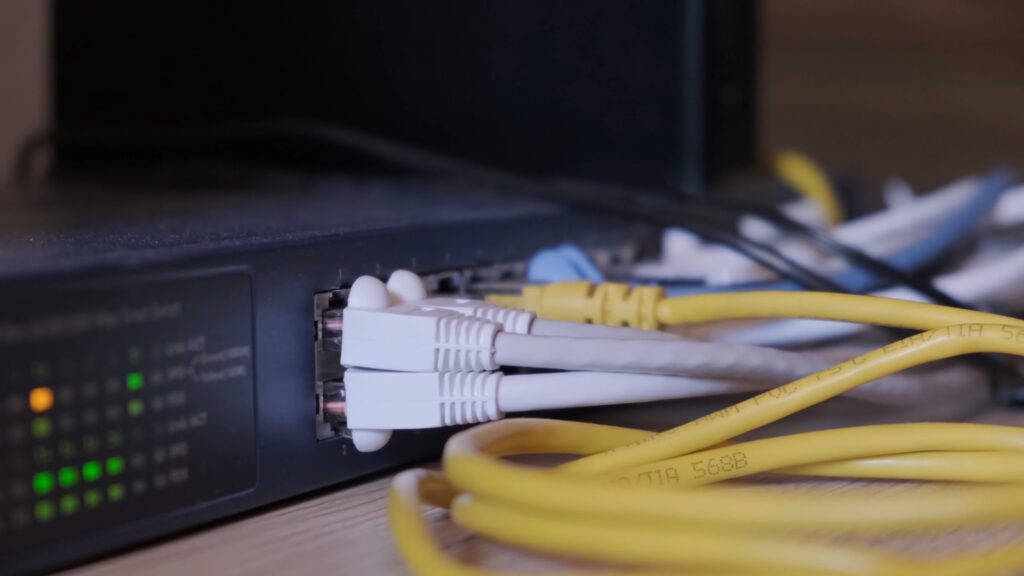The internet has come a long way since the days of dial-up. In the early days of the internet, users were limited to speeds of just a few kilobits per second, making simple tasks like checking email a frustrating experience. However, the introduction of broadband internet changed everything, and today’s internet is faster and more reliable than ever before. In this article, we’ll explore the evolution of internet speeds, from the early days of dial-up to the introduction of broadband, and everything in between.

Dial-up internet was introduced in the 1990s and worked by using a telephone line to establish a connection between a user’s computer and an internet service provider (ISP). To connect, users would need a modem, a device that converted digital signals from a computer into analog signals that could travel over a phone line. Once connected, dial-up internet had a maximum speed of 56 kilobits per second (kbps).
In the late 1990s, broadband internet was introduced, and it changed everything. Broadband internet works by using a different type of connection that allows for faster download and upload speeds. Broadband internet uses a range of technologies to deliver fast internet speeds, including cable and DSL.
Cable internet works by using the same coaxial cable that delivers cable TV. This cable is capable of carrying a significant amount of data, allowing for faster internet speeds. Cable internet is also available in most areas, making it a popular choice for many users.
DSL, or Digital Subscriber Line, is another popular form of broadband internet. DSL works by using the existing copper telephone lines to deliver internet service. This technology allows for faster internet speeds than dial-up and is available in many areas.
The introduction of broadband internet had a significant impact on internet speeds. With speeds of up to 1 megabit per second (Mbps), users could browse the web, check email, and download files at much faster speeds than dial-up. This allowed for a more enjoyable and efficient online experience.
The introduction of broadband internet was not without its challenges, however. Early adopters of broadband internet often had to deal with technical issues and a lack of support from their internet service providers. Many users also had to purchase new hardware, such as modems and routers, to take advantage of the faster speeds.
Despite these challenges, broadband internet quickly became the standard for internet service. Today, many users enjoy speeds of up to 100 Mbps or higher, allowing for seamless streaming of video and other high-bandwidth activities.
One of the most significant benefits of broadband internet is its impact on business and society. Faster internet speeds have enabled businesses to expand and grow, while also allowing for the development of new technologies and services. Broadband internet has also helped to bridge the digital divide, providing access to information and opportunities for individuals and communities that were previously underserved.
The evolution of internet speeds from dial-up to broadband has been a game-changer. Broadband internet has allowed for faster and more reliable internet speeds, enabling users to do more online than ever before. With the advent of new technologies like fiber-optic internet, internet speeds are only going to get faster. While dial-up internet may be a distant memory, it’s essential to remember how it paved the way for the internet as we know it today.